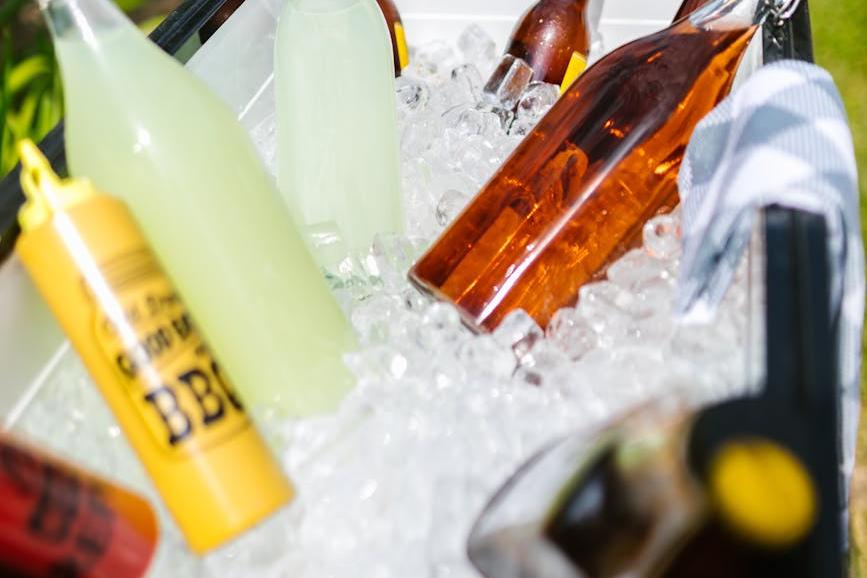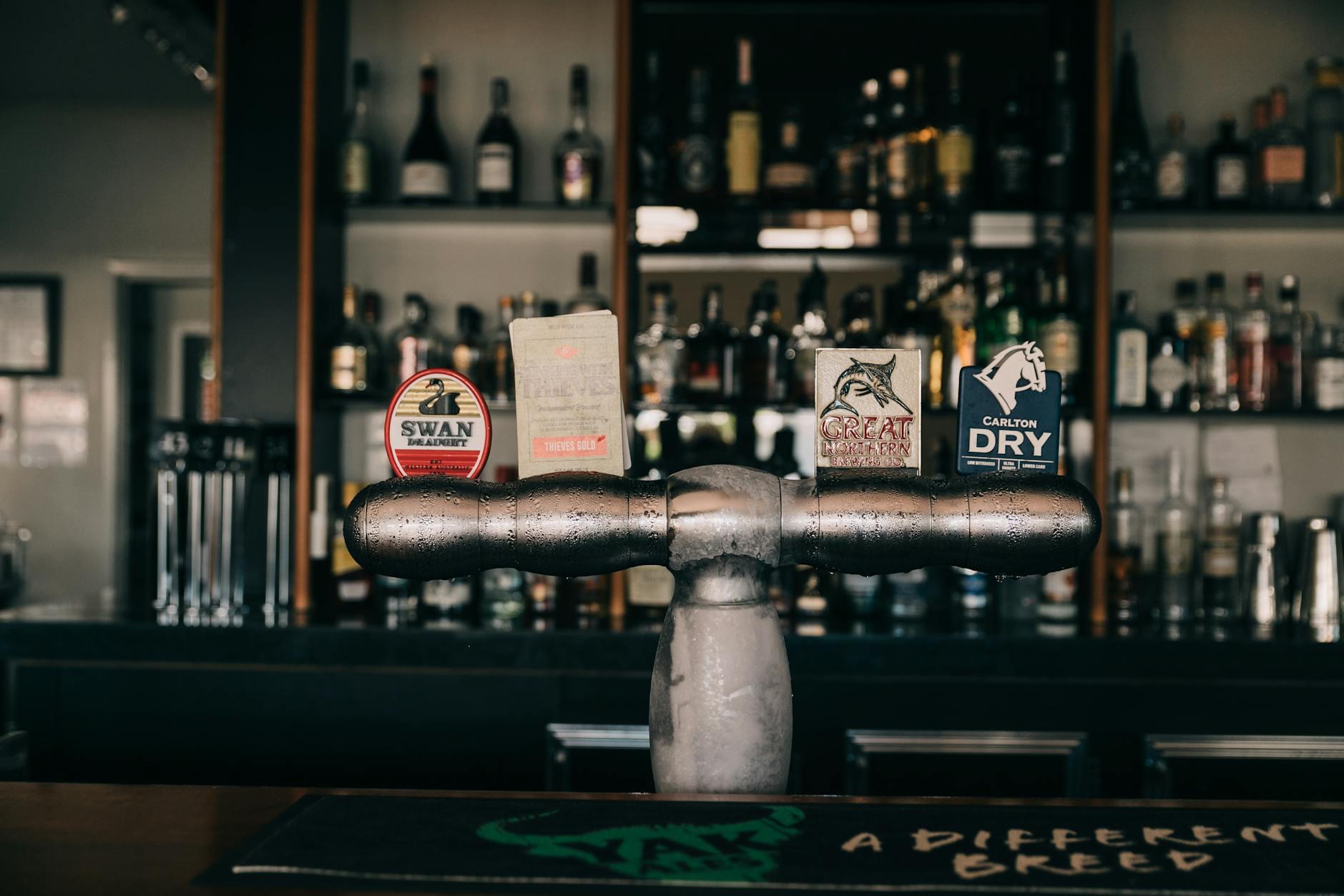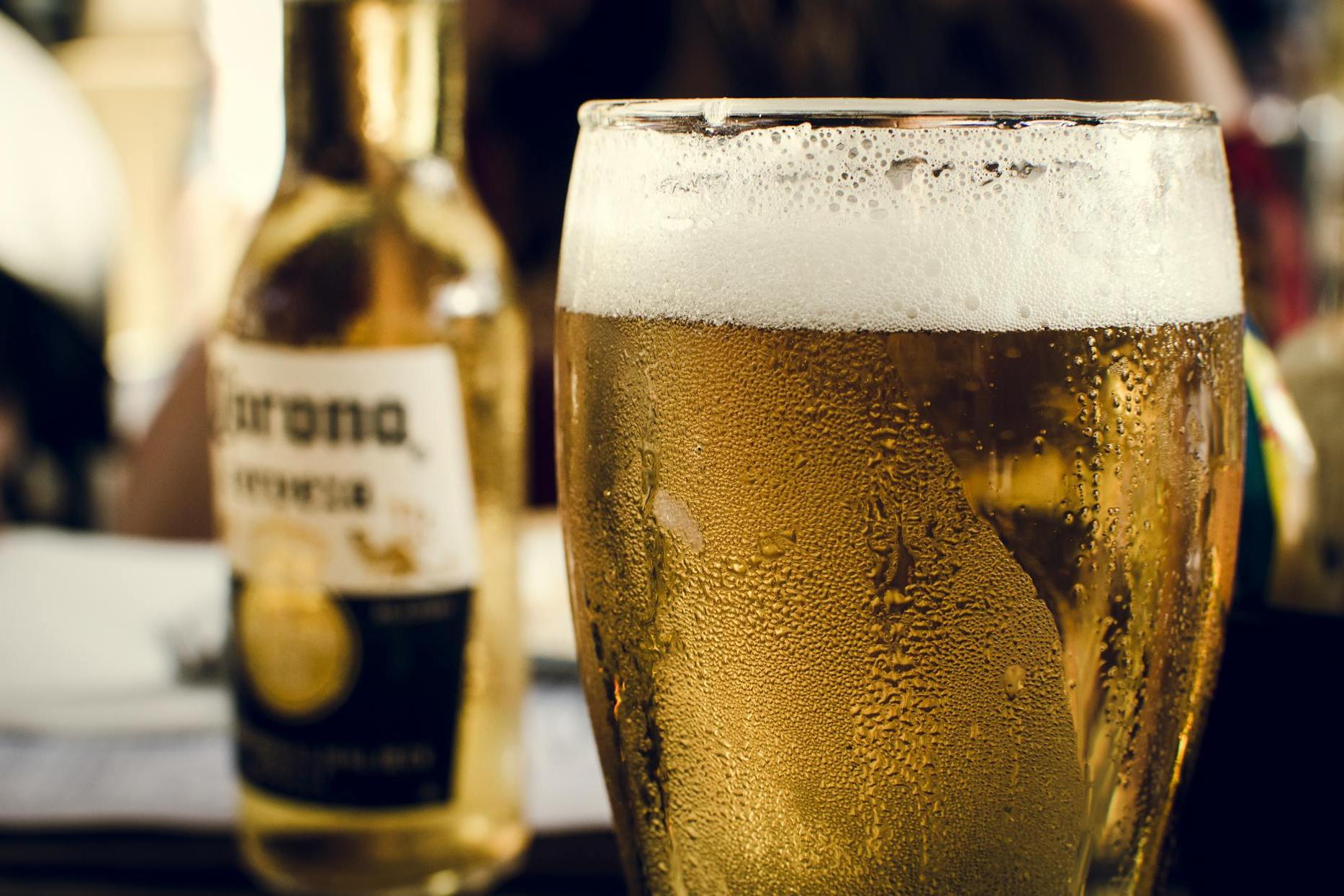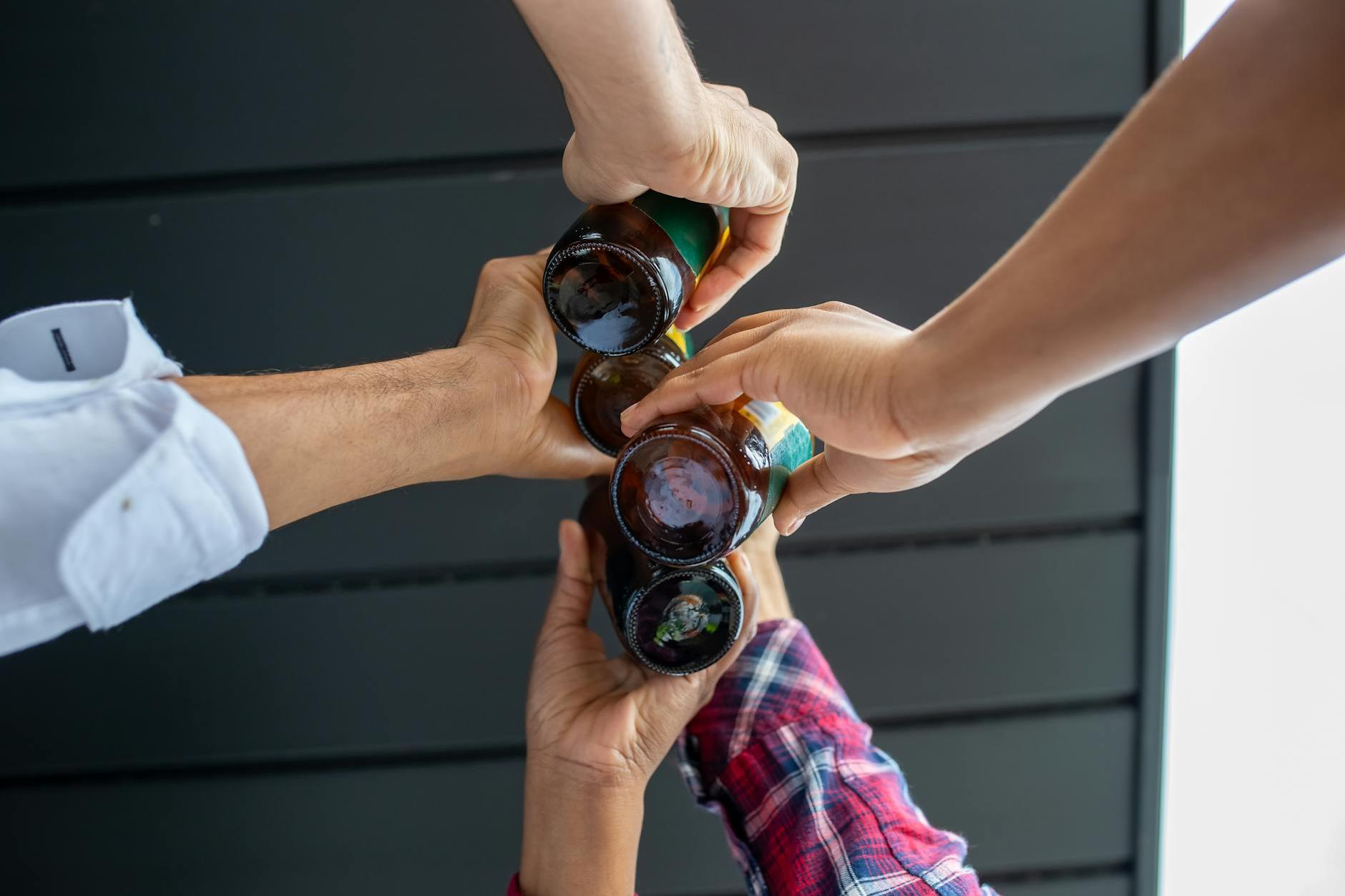- 20 Years of Expertise in Import & Export Solutions
- +86 139 1787 2118

When Craft Beer Meets?Import Agency?, these "customs clearance codes" you need to master
Recently, clients have often come to me with samples of craft beer: "Manager Zhang, this German dark beer definitely has a market in China. Can you help with the import agency?" Seeing the business opportunities sparkling in their eyes, as a 20-year veteran "old?Foreign trade?," I want to say: importing beer is like opening a beer bottle—it's easy if you know the right way, but you might hurt your hand if you use brute force.
I. The "birth certificate" of beer import agency
According to the latest "?Import/export?Food Safety Management Measures," food imports require:
- Food Circulation Permit(Required for the operating unit)
- Record - filing of Imported Food Consignor(can be handled online through the customs system)
- Alcohol business license(required in some regions)
When helping a craft beer bar with filing last year, we encountered a case where a shipment was returned due toa production date marking not complying with national standards. It is recommended that for the first import, you must ask the foreign party to provide asample of the Chinese back label for pre-review.
II. The "three primary colors" choice of agency model
- Brand agency: Requires signing an exclusive authorization agreement, suitable for distributors with channels
- General trade imports: Flexible procurement of different brands, but greater warehousing pressure
- Bonded zone spot goods: Just-in-time procurement with zero inventory, but product selection is limited to the bonded warehouse's stock
III. The "iceberg model" of cost structure
| Project | Percentage | Remarks |
|---|---|---|
| Procurement cost | 55-65% | Includes EXW/FOB price |
| Logistics Costs | 15-20% | Includes?Ocean shipping?+Insurance+Inland transportation |
| Tax cost | 10-15% | Customs duty + VAT + Consumption tax |
IV. The "nine-square grid" of the customs clearance process
- Contract & Agreement
- Apply for an automatic import license (required for some countries)
- Pickup and shipment abroad
- Pre-review of documents (pay special attention to?Certificate of Origin?andHealth certificateTrade dispute settlement mechanisms
- Customs Declaration and Inspection
- If the goods need to pay customs duties, the export enterprise needs to pay the customs duties as required by the customs. The calculation methods of customs duties include ad valorem and specific duty. Ad valorem means calculating customs duties according to the value of the goods, and specific duty means calculating customs duties according to the quantity of the goods.
- Label filing (requires sending a sample for testing for the first import)
- Customs Clearance
- Logistics Distribution
V. Pitfall avoidance guide: Three "must-pay-attention-tos"
- Must verify the production date format: The EU commonly uses "DD/MM/YYYY," which is easily confused with the domestic format
- Must confirm the transport temperature: Some craft beers require constant temperature transport below 15°C throughout the process
- Must reserve time for customs clearance: It is recommended to reserve 45 working days for the first import
When helping a client import Belgian Trappist beer last year, the shipment was detained at the port due toan alcohol concentration labeling error exceeding 0.5%. It is recommended to choose a customs broker with experience in food imports, as they are familiar with the inspection priorities of various ports.
VI. Special advice for newcomers
Instead of blindly pursuing niche brands, it is better to first try thebonded zone spot goods procurementmodel. An importer, through this method, tested 12 types of beer in three months and ultimately locked in 3 popular products for bulk import, increasing the inventory turnover rate by 40%.
Watching more and more entrepreneurs enter the imported beer race, I want to say: this industry requires both the taste buds of a sommelier and the rigor of a trader. When you master these customs clearance codes, all that's left between you and the foreign fine wine is a coffee-time negotiation.
Recommended for You
- 5 Key Issues in Customs Clearance for Imported Beer: 90% of Importers Have Stumbled Over Them
- 日本啤酒代理的”清酒關(guān)”與”啤酒劫”
- Belgian Beer Customs Clearance Code: An Experienced Buyer's Guide to Avoiding Pitfalls
- The Five Major Pitfalls of Beer Import Agency, How Many Have You Stepped In?
- Have You Fallen into the Three "Sweet Traps" of Belgian White Beer Distribution?
Category Case
Contact Us
Email: service@sh-zhongshen.com
Recommended for You
Contact via WeChat

? 2025. All Rights Reserved.









